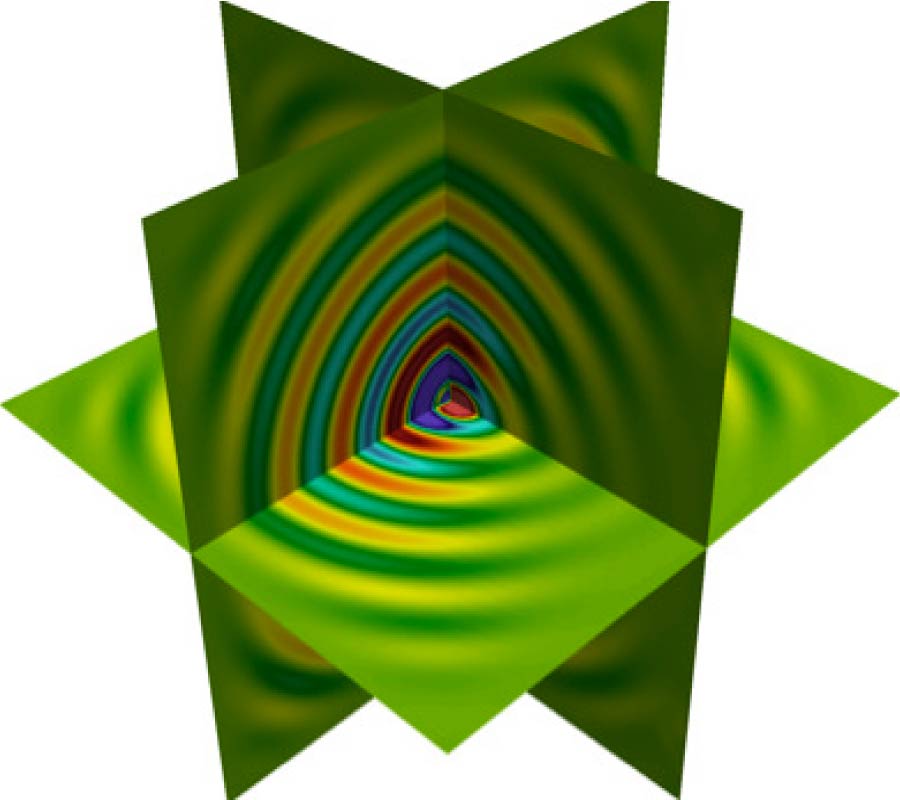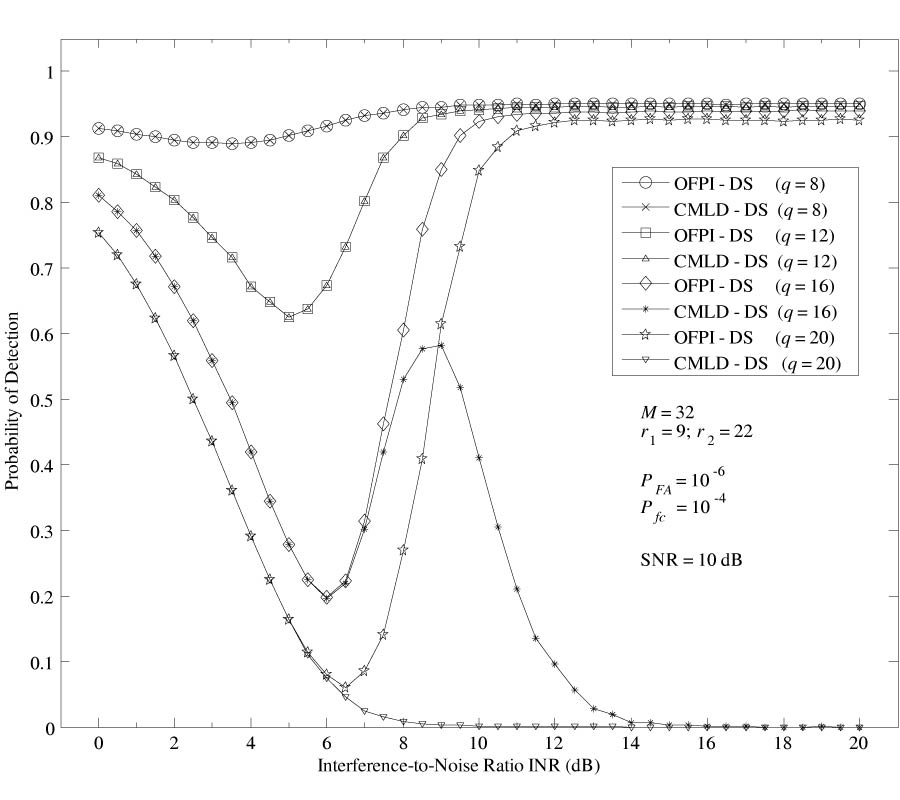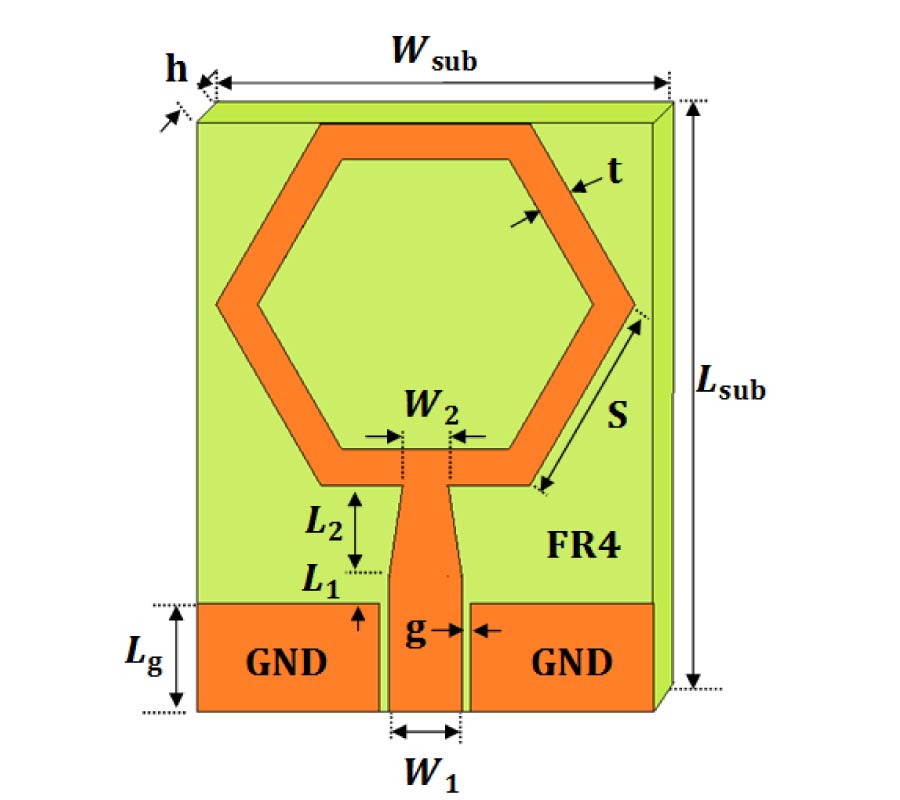2015-12-09 Latest Published
By S M Raiyan Kabir
B. M. Azizur Rahman
Ken Thomas Victor Grattan
Progress In Electromagnetics Research B, Vol. 64, 171-193, 2015
Abstract
A three-dimensional (3D) time domain approach can be particularly valuable for the analysis of many different types of practical structures. In this regard, the finite difference time domain (FDTD) method is a popular technique, being used successfully to analyze the electromagnetic properties of many structures, including a range of optical or photonic devices. This FDTD method offers several major advantages: a minimum level of calculation is required for each of the cells into which the structure is divided, as well as data parallelism and explicit and easy implementation: however, the use of a cuboid grid makes the method very resource intensive for large simulations, especially those in 3D. Although the finite element (FE) approach is superior for the discretization of two-dimensional (2D) and 3D structures, most of the FE-based time domain approaches reported so far suffer from limitations due to the implicit or iterative form or the mass matrix formulation, for example. This paper presents an FE based time domain technique for 3D structures which uses a unique perforated mesh system. It calculated the numerical dispersion characteristics for the FDTD and the proposed method and compared. This paper finally discusses how to utilize the improved numerical dispersion characteristics of the proposed method to increase the simulation speed beyond the FDTD 3D method by using Intel micro-processors.









